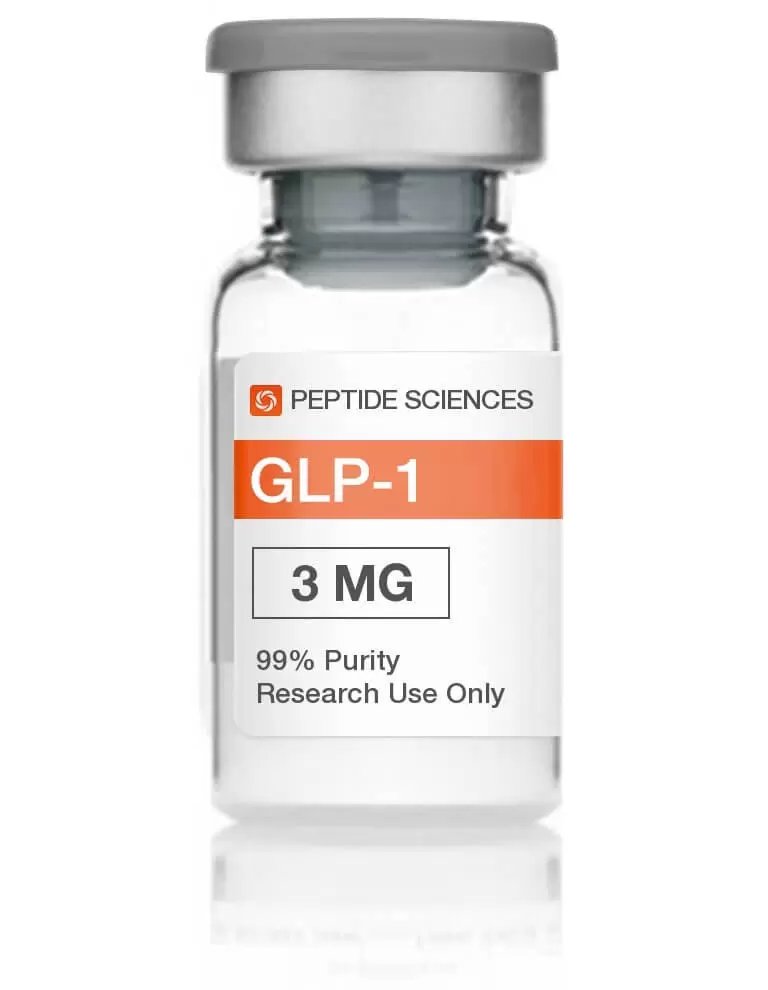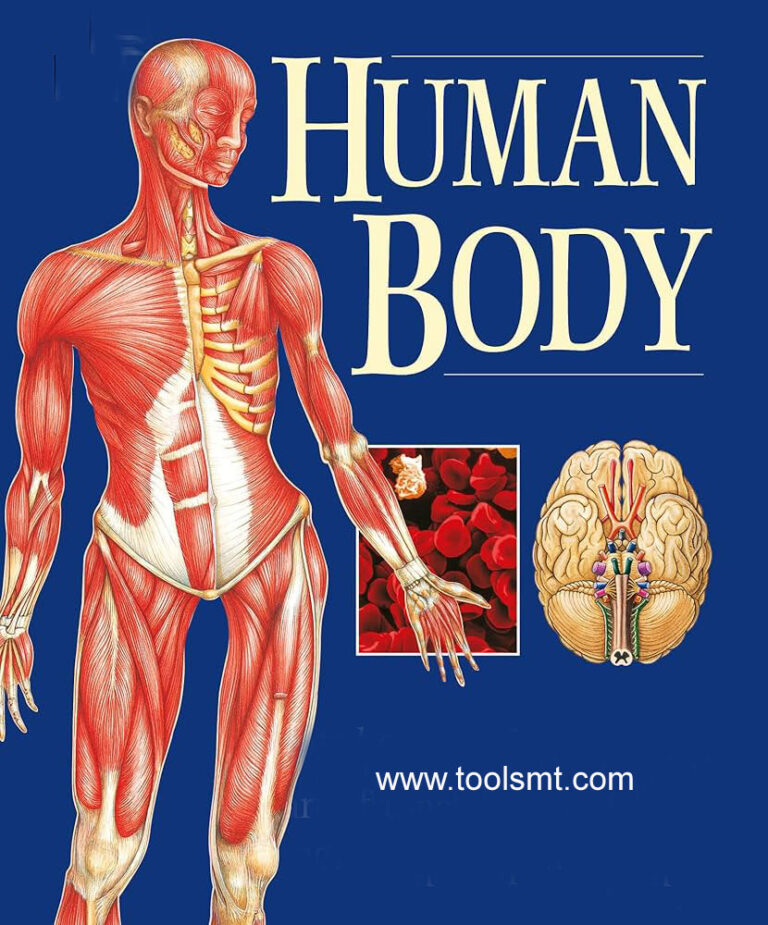Association of GLP-1 secretion with parameters of glycemic control in women after gestational diabetes mellitus
Glucagon-like peptide-1 (GLP-1) enhances glucose-stimulated insulin secretion. The GLP-1 effect is reduced in patients with type 2 diabetes. Only few studies have investigated GLP-1 secretory response in women after gestational diabetes mellitus (GDM) reporting contrasting results.
Ladies with a background marked by gestational diabetes mellitus (GDM) are at high gamble of creating type 2 diabetes, while the specific systems fundamental its pathophysiology are as yet indistinct. We explored the relationship of glucagon-like peptide-1 (GLP-1) reaction to oral glucose with boundaries of glycemic control in ladies with past GDM in the planned PPSDiab (Forecast, Anticipation, and Subclassification of Type 2 Diabetes) review.
Research plan and strategies
Glucose digestion boundaries and GLP-1 discharge were examined during oral glucose resilience test (OGTT) in ladies with past GDM (n=129) and ladies with a background marked by typical glucose resistance (n=67) during pregnancy (controls). First-and second-deliberately ease insulin and GLP-1 discharge corresponding to plasma glucose (PG) levels were surveyed, and improvement of pre-diabetes was dissected following 5-year follow-up among ladies with past GDM and an ordinary glycemic state at benchmark (n=58).
Results
The region under the bend (AUC during the OGTT 0-120 min) of PG and insulin however not GLP-1 contrasted altogether between post-GDM ladies and controls. In any case, ladies with past GDM had an essentially diminished GLP-1 reaction corresponding to PG and plasma insulin during the second period of the OGTT. After a development of 5 years, 19.0% post-GDM ladies with a typical glycemic state at the pattern visit created unusual glucose digestion. The aggregate, first-and second-stage AUC GLP-1/PG and GLP-1/insulin proportions were not related with advancement of unusual glucose resilience.
Lastly
Ladies with past GDM showed a diminished GLP-1 reaction comparable to PG and insulin focuses demonstrating early irregularities in glucose digestion. In any case, the modified GLP-1 reaction to oral glucose didn’t foresee movement to pre-diabetes and type 2 diabetes in the initial 5 years after GDM.





